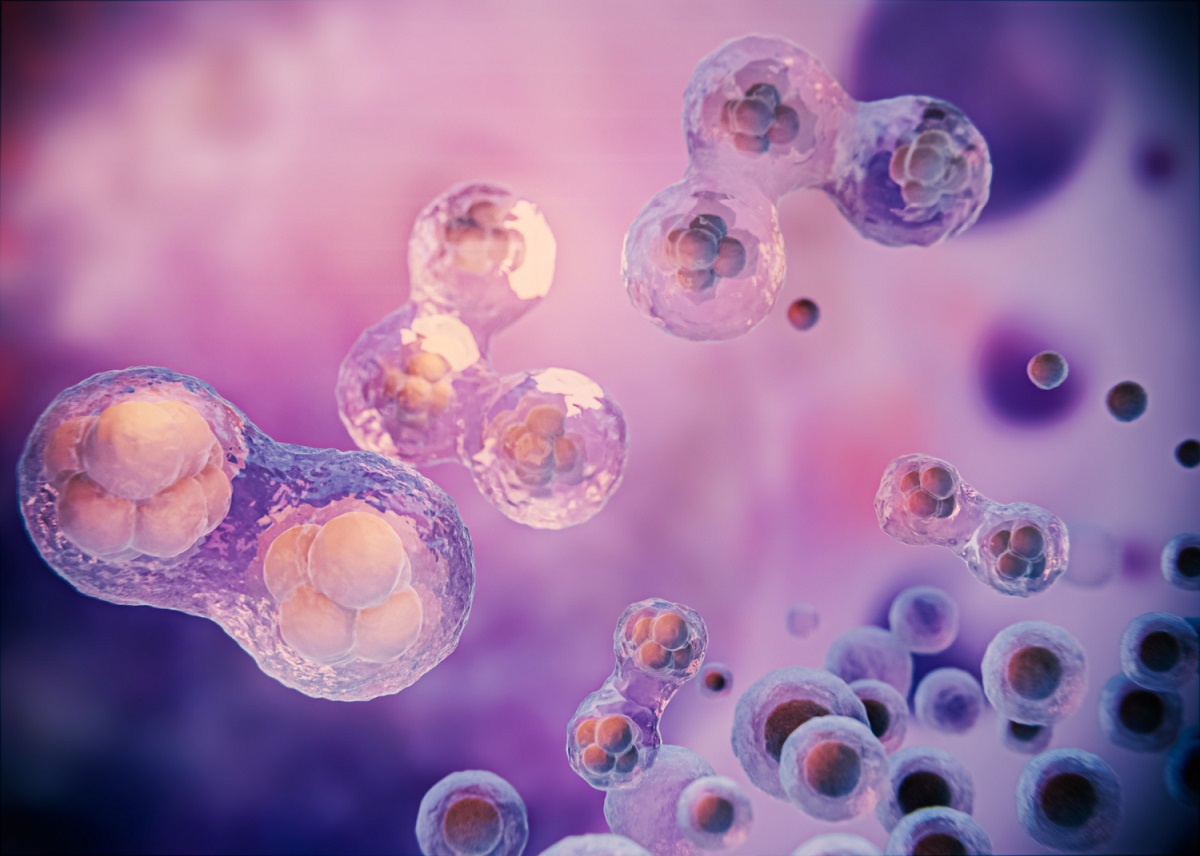KEY TAKEAWAYS
- The MATCH study aimed to unveil the potential utility of ctDNA of pts for the diagnosis of gynecological cancers.
- Researchers did molecular profiling of ctDNA, and clinically relevant mutations showed an 88.6% concordance rate as tumor biopsy.
Next Generation Sequencing (NGS) was performed with plasma samples from 5954 patients (pts) with advanced cancer, including approximately 60% pts with rare or less common gynecological cancers During the screening phase of the National Cancer Institute Molecular Analysis for Therapy Choice NCI-MATCH trial.
It provided insights into the genomic landscape of circulating tumor DNA (ctDNA) and unveiled a potential utility of ctDNA for the diagnosis of rare histopathologies.
Amanda Peach and her team targeted to obtain molecular profiles of ctDNA from a subset of NCI-MATCH screened pts with gynecologic cancers to assess the feasibility and benefits of using ctDNA for the diagnosis of rare and advanced gynecological cancers. Profiling of the molecular ctDNAs from a subset of the NCI-MATCH-screened pts with gynecologic cancers.
Researchers extracted and quantitated cfDNA from plasma collected in streck blood tubes at study enrollment which was utilized for library construction employing the NCI ctDNA v2 assay with a minimum input of 10 ng, followed by NGS on the Illumina NovaSeq 6000 platform using S4 flow cells.
Among the 200 sequenced samples, representing 4 different histologies—uterine endometrioid adenocarcinoma (UEC, n=51), serous endometrial adenocarcinoma (USC, n=35), uterine leiomyosarcoma (ULMS, n=40), and ovarian epithelial (OVT, n=74)—2 samples failed, 1 ULMS due to sequencing error and 1 OVT due to contamination.
Positive percent agreement (PPA) values were calculated from clinically relevant mutation of interest (MOI) derived from OncoKbTM as both PPAref_tumor and PPAref_ctDNA were 88.6% and 44.1%, respectively. The most commonly mutated genes included TP53, KRAS, CTNNB1, and PIK3CA.
Additionally, ctDNA detected mutations were not identified in the tumor, including 8 pts (4%) with a PIK3CA mutation. By employing predefined cutoffs of tumor fractions, ctDNA identified 21 of 25 expected copy number amplifications, demonstrating an 84% concordance.
Microsatellite instability (MSI) using ctDNA was highest in the UEC (17.6% of pts), followed by USC at 8.6%, OVT at 6.8%, and ULMS at 2.6%. Among the pts with mismatch repair deficiency (MMRd) identified by tumor immunohistochemistry, 50% were identified as MSI-High in plasma.
Research revealed clinically relevant mutations in ctDNA with an 88.6% concordance rate compared to tumor biopsy, possibly due to tumor heterogeneity which advocates the potential of liquid biopsy as a complementary diagnostic tool, in cases where tissue biopsy is not feasible.
The trial was sponsored by National Cancer Institute(NCI), National Institutes of Health.
Source: https://meetings.asco.org/abstracts-presentations/238981
Clinical Trial: https://clinicaltrials.gov/study/NCT02465060
Peach A, Le B, Kannan V B, et al. (2024). “Molecular profiling of plasma from matched NCI-MATCH gynecological cancers.” Presented at ASCO 2024. J Clin Oncol 42, 2024 (suppl 16; abstr 5579), 10.1200/JCO.2024.42.16_suppl.5579



